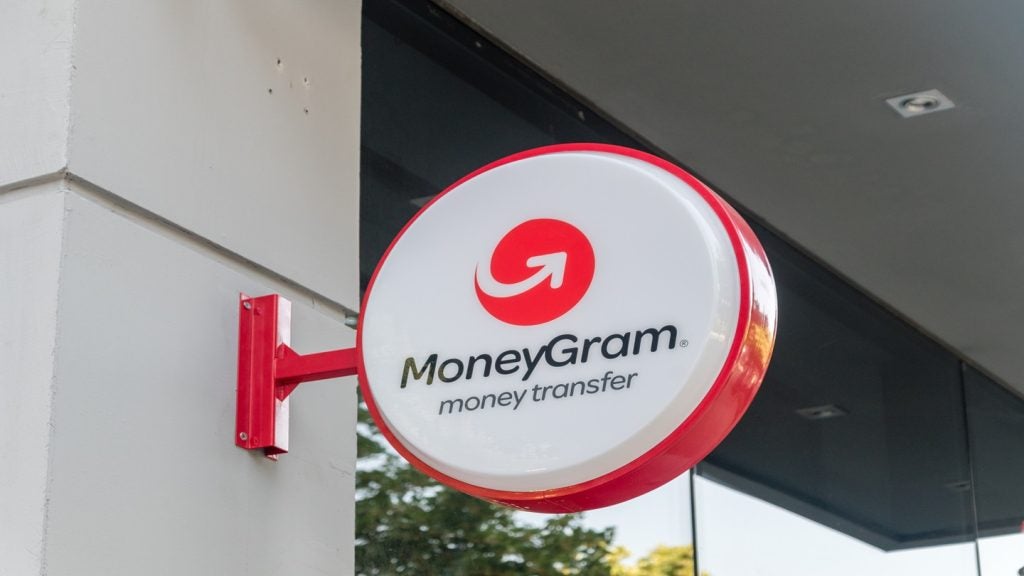Bank of New Zealand has deployed NCR predictive services across
its ATM network to identify and rectify ATM faults before they
occur. Within a year of this technology deployment, BNZ has reduced
its ATM downtime by a third. Channel manager for ATM and
self-service at BNZ, Paul Johnson, speaks to Meghna
Mukerjee
If there was a technology to predict problems
before they occur and fix potentially faulty situations, safe to
say it would save time, energy, and stress. Bank of New Zealand
(BNZ) now has such a technology for its ATM
network.
BNZ has deployed predictive services, by
US-headquartered self-service solution provider NCR, across its ATM
network that has enabled the lender to reduce the downtime of its
ATMs by a third.
According to BNZ, a subsidiary of National
Australia Bank (NAB), reducing the downtime equates to serving
customers for an extra 20,000 hours each year across the lender’s
450-strong ATM network.
The result of the NCR predictive services – a
solution that predicts failures before they occur – have been
gathered in April 2012, a year after BNZ deployed the technology
for its ATM network.
Channel manager for ATM and self-service at
BNZ, Paul Johnson, says that it was only logical to deploy NCR
predictive services as BNZ has the aim to “operate a world class
ATM network” and in terms of product and innovation, the lender is
“very focused on customer experience”.
“BNZ has a continuous improvement philosophy.
We wanted to introduce a support model for the ATM channel. We know
that our customers come to BNZ and expect to get cash straight away
and they deserve to have this service improved.
“Through the predictive services we can
actually fix a problem before it happens.
Previously we used to work the [ATM] channel
with more of a break-fix type situation. A problem would occur and
the agent would rush to fix the problem.
“The NCR predictive services, however,
predicts problems before the system fails – so it comes down to
delivering better value to our customers.
“The results we have recently come up with are
great. We have reduced our ATM downtime by a third. We have also
reduced our service curve velocity, so we have also been able to
reduce the errors by 65%. BNZ is nudging 99% availability, a figure
beyond what is widely accepted in the ATM industry as ‘world
class’.”
NCR predictive services collects more than 10
times the typical amount of operational data from the network,
including from individual components within each ATM, such as the
card reader, receipt printer and cash dispenser.
Detailed error messages generated by the NCR
predictive services, which mostly go unseen in traditional
‘break/fix’ maintenance offerings, identify that a problem is
likely to occur.
“Depending on the location and the type of
problem, an ATM might have been down for hours. Now, in about 40%
of cases, the ATM is still up and running when the engineer
arrives,” says Johnson.
BNZ was approached by NCR in November 2010
regarding the predictive services, though the vendor has been
working with BNZ since 1999 on different projects. The predictive
services technology went live for BNZ in April 2011.
“Within a very short period of time we were
able to deploy the solution. We basically worked with NCR for six
months to refine the solution and its business rules.”
BNZ is the first bank in the New Zealand
retail banking space to use NCR predictive services technology for
its ATMs.
Helen McInnes, spokesperson for NCR, says:
“BNZ has certainly pioneered the use of this
NCR technology in New Zealand. It only applies to NCR ATMs.
“We are making all the banking customers in
New Zealand aware of BNZ’s results after implementing the
predictive services, because it has demonstrated a very tangible
and positive impact on the customer experience. We have got a great
response to an email campaign that we ran – there is genuine
interest in the technology.”
On the whole, Johnson calls BNZ’s ATM channel
a “value added network offering services such as multi lingual and
multi currency transactions”.
Deploying NCR’s predictive service is also
part of a bigger campaign capability that BNZ is embarking on –
aiming to improve interactions between the customers and self
service banking channels.
BNZ has also spent NZD200m in refurbishing its
entire store network and making it “a lot more open plan”. BNZ has
over 170 stores and employs over 5,000 people in New Zealand.
“We have basically changed the whole store
design. We have created community walls where customer can
advertise community events.
“We are creating meeting spaces where we can
talk to our customers. It has basically been a complete change. We
have gone through the whole store network and changed the design
according to the different locations,” says Johnson.
BNZ also plans to implement self service
devices in the stores – not only ATMs but deposit units as well as
cash exchange machines and such.
“It is basically about making it easier for
customers to interact with us,” adds Johnson.
BNZ’s mobile banking channel has “proven
incredibly popular with customers” so far, says Johnson.
“Since the release of the iPhone app in
June 2011 and New Zealand’s first Android banking app in August,
BNZ has seen monthly logins jump from 60,000 to 180,000. In
just nine months some NZD250m ($205.13m) worth of transactions
have been made using BNZ’s mobile offerings,” Johnson adds.
BNZ has also made logging in to its mobile
banking apps “simpler and smarter” through a New Zealand-first
security innovation, according to BNZ.
“The bank’s Wellington-based development team
have come up with a system that incorporates secure two factor
authentication into the mobile application itself, removing the
need to manually enter login details while using mobile banking.
This means there is now one step less required to log in to BNZ
mobile banking,” says Johnson.
Johnson describes the New Zealand retail
banking space as “very, very competitive both in terms of service
and price”, and stresses that there is no one bank that BNZ is
competing with.
To differentiate itself in the market “BNZ
focuses on its cultural tenets of innovation, continuous
improvement and enhancing its customers banking experience,”
concludes Johnson.







